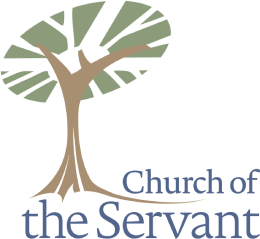Logistics
- Maria (Maria.Stapert@coscrc.org) will schedule liturgists; you can find the latest schedule online: Morning Worship Schedule – TOL
- Maria will email you the printed liturgy in PDF format late in the week prior to the Sunday when you are schedule.
- Arrive at least 15 minutes before the service. Join the preacher, prayer leader, and council reps in the chapel (East side of sanctuary).
Responsibilities
- The pastors will welcome the congregation prior to the start of the liturgy. Then they will invite the congregation into a moment of silence. After that moment of silence, the liturgy will begin either with you leading the text or with the musicians leading an opening song.
- You will read the portions of the liturgy marked “leader.”
- After the prayer for illumination, your role is completed.
Qualities
Being a liturgist can’t be too hard—all you have to do is read, right? Yes, it’s pretty easy to get the job done. Here are some qualities that will bring your liturgizing to the next level:
- Mean what you say. A call to confession should sound different than a declaration of pardon.
- Aim for winsome. Somewhere between detached and chummy is a tone that is warm and engaging, but which doesn’t draw too much attention to itself. This will sound different for each liturgist, but the goal is the same—helping people engage in the liturgy for prayer, praise and confession.
- Establish a good pace. You’re trying to set up a volley between leader and people. If you speak too slowly the energy will fizzle between each exchange. If you speak too quickly, the congregation won’t be able to follow your pace.
- Speak the phrase. Good public reading doesn’t mean articulating each word separately. Comprehension increases when you speak through each phrase as a unit. Some leaders find it helpful to underline the point of stress in each phrase.
- Don’t over emote. Remember that liturgy is a group activity. Your tone should be engaging and meaningful, but not “acted out.” Too much emotion can make the congregation feel like they’re listening in on your private prayer time.
- Use the microphone to your advantage. Your mouth should generally be 6-12 inches from the microphone. Closer than 6 inches and you’ll get “proximity effect,” which is a boomier, more intimate sound. Use this to your advantage, perhaps using full voice 12 inches from the mic during the welcome and then leaning in and speaking more quietly during the confession. You can also help the congregation by stepping well back from the mic and getting them started on their lines; if you are 18-24” away from the mic, you won’t overwhelm their voices, but will simply nudge them into a good pace for their responses.
- Be a bigger you. When you’re in front of a group you will generally need to amplify your gestures and voice for it to translate well. Raised eyebrows work fine in one-on-one conversation, but it won’t be seen in a group of 500.
This guide is a work in progress. Feel free to ask questions or suggest changes.
We hold periodic training sessions for liturgists. We expect all liturgists to attend at some point. If you missed the training or would like a refresher, you can read the following document, which served as an outline to our training session in 2019, or you can view the video of our training session in 2022.
